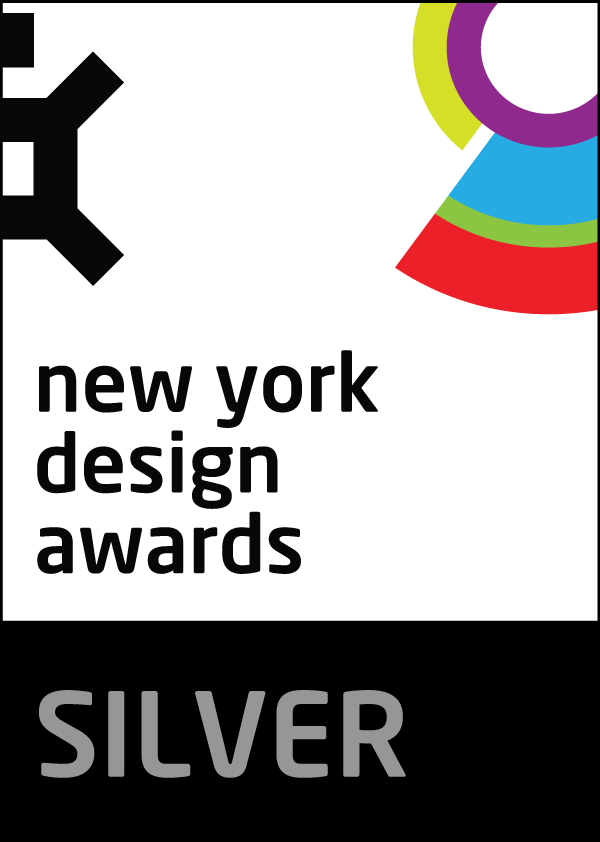Key Dates










Image Credit : Jacint Halasz

Project Commissioner
Project Creator
Project Overview
Airhelp is a fast growing tech start up that helps users get money back from airlines when a flight is delayed or cancelled. Today they have more than 700 employees with offices located in Berlin, Gdansk and Krakow.
In November 2018 they signed a new space in Berlin to make it their HQ. Their space is 6,600 sqf. Today 80 employees work from their Berlin office and will grow 40% this year alone.
AirHelp came to us because they needed help to create not just an office but a flexible and scalable workplace with room to grow and at the same time retain happy employees. The obvious solution, an open plan lay-out. However as an employee it can be challenging to not have personal space.
We set out to find the intersection between the needs of the corporate world and the needs of happy employees. Our methodology provided a flexible workspace where people feel valued, independent and part of a team. In only 6,600 sqf Airhelp's HQ offers six different environments and more than 150 flexible seats for their employees to choose their favorite way to work.
Alejandra Albarran, Weekday's Creative Director is also Director of Design and Innovation at ROOM NYC designing their phone booths and other office furniture solutions. She is working on all fronts to define what the future of work could look like.
Team
Workspace Design - Alejandra Albarran Project Execution- Frederic Roubichon
Project Brief
Research after research demonstrate that employees are less productive, get distracted and overall feel less happy at their jobs in an open office. A recent Harvard Study shows that we are 70% less collaborative in an open floor plan. Quite simply put, we seek privacy and solitude when always surrounded. The exact opposite of what the open office was intended to achieve. Companies migrated into open plan seating but little attention has been given to what kind of environments need to surround the open floor plan to make it work for people.
Everyone is different and different people thrive in different kind of environments. We believe that the success of the open plan office depends on providing different environments. It is essentially about changing the dynamics of human relationships in the workplace by having a range of spaces that invite collaboration or individual work. Environments that speak to the needs of workers during a workday.
We implemented in six crucial enviroments:
Community areas with a variety of seating arrangements, designed to incentivize and nurture creativity, build a strong culture and give employees sense of belonging. A vibrant environment that feels more like your favorite coffee shop.
Team work areas. Flexible seating that invites collaboration. Every seat is the same and employees have personal lockers.
Focus area. Where employees can find refuge from their busy day. A shared quiet space designed to invite individual flow and focus. Earthy tones,natural light and plants plus a variety of seating options makes this the perfect room for personal space, concentration and achievement.
Nap room; napping reduces stress and increases alertness and productivity.
Meeting rooms with glass walls for transparency to give a sense of belonging and inclusiveness
ROOM Phonebooths for privacy
Project Innovation/Need
Our methodology is divided in two lines of thought. The first one is based on a series of heat maps that help us divide the space in areas that range from hot to cold, acoustically and socially. Based on this distribution of social interactions we implement six crucial enviroments:
Community areas with a variety of seating arrangements, designed to incentivize and nurture creativity, build a strong culture and give employees sense of belonging.
Team work areas. Flexible seating that invites collaboration. Every seat is the same and employees have personal lockers.
Focus area. Where employees can find refuge from their busy day. A shared quiet space designed to invite individual flow and focus.The perfect room for personal space, concentration and achievement.
Nap room
Meeting rooms with glass walls for transparency
Phonebooths for privacy from ROOM
The second line of thought is based on aesthetics. The lines between work, life, and community are blurring, and the office should reflect these new realities.
The communal areas are a vibrant environment - Casual, comfortable and inviting. Lounge sofas, morrocan rugs and vibrant colors make it dynamic and lively.
The individual areas are designed for privacy and focused work. A place to relax and unwind. This are “coldest” area of the space. Natural wood floors, a subdued earthy pink and natural textures make this space an oasis on a work day.
Design Challenge
The biggest challenge for this project was to design in 6,600 sq ft a flexible space with enough room for the company to grow fast without sacrificing employee happiness. In short, we had to design an open-plan office layout that would provide the different environments that people need through out a workday. Because different people thrive in different kind of environments.
At weekday we are redefining the workspace to fit the needs of both companies but most importantly people.
Sustainability
We try our best to be as sustainable as possible, in this project
many pieces of furniture and lighting are vintage and locally sourced. The phone booths from ROOM are made out of PET from recycled plastic bottles. The Terrazo used in the kitchen and bathrooms is made of recycled marble and stones. The lights are sensor based so when not in use they go off to reduce electric consumption.
Interior Design - Corporate & Commercial
This award celebrates innovative and creative building interiors, with consideration given to space creation and planning, furnishings, finishes, aesthetic presentation and functionality. Consideration also given to space allocation, traffic flow, building services, lighting, fixtures, flooring, colours, furnishings and surface finishes.
More Details

